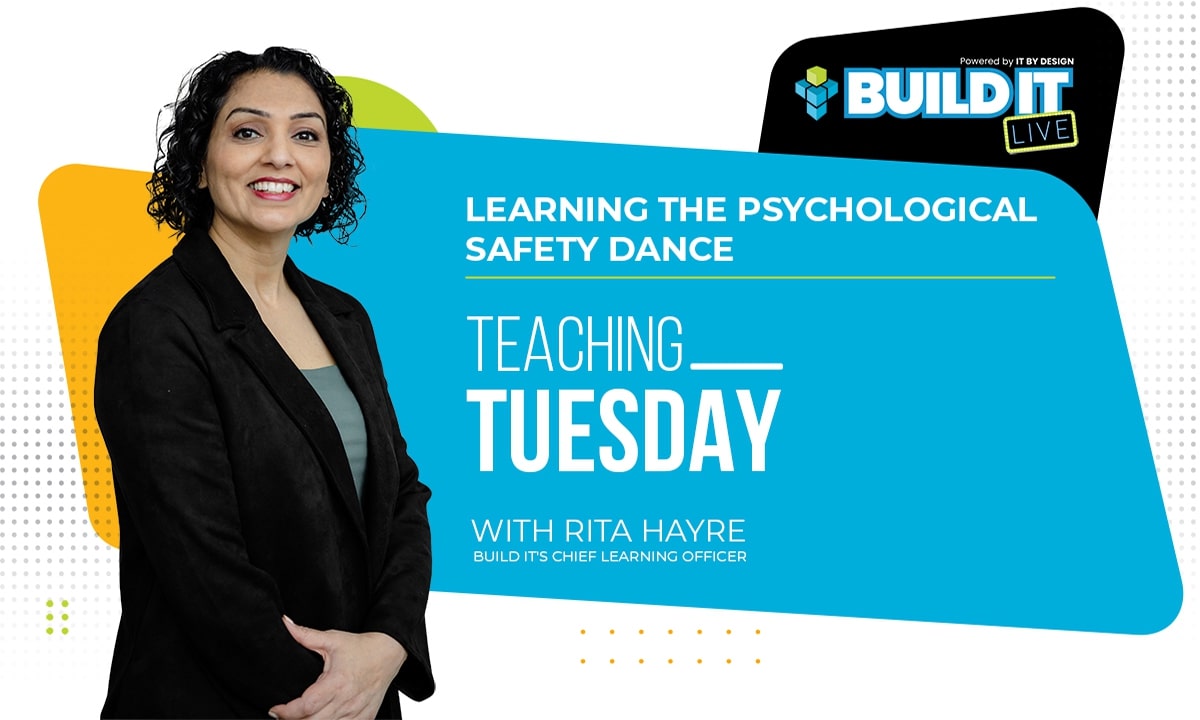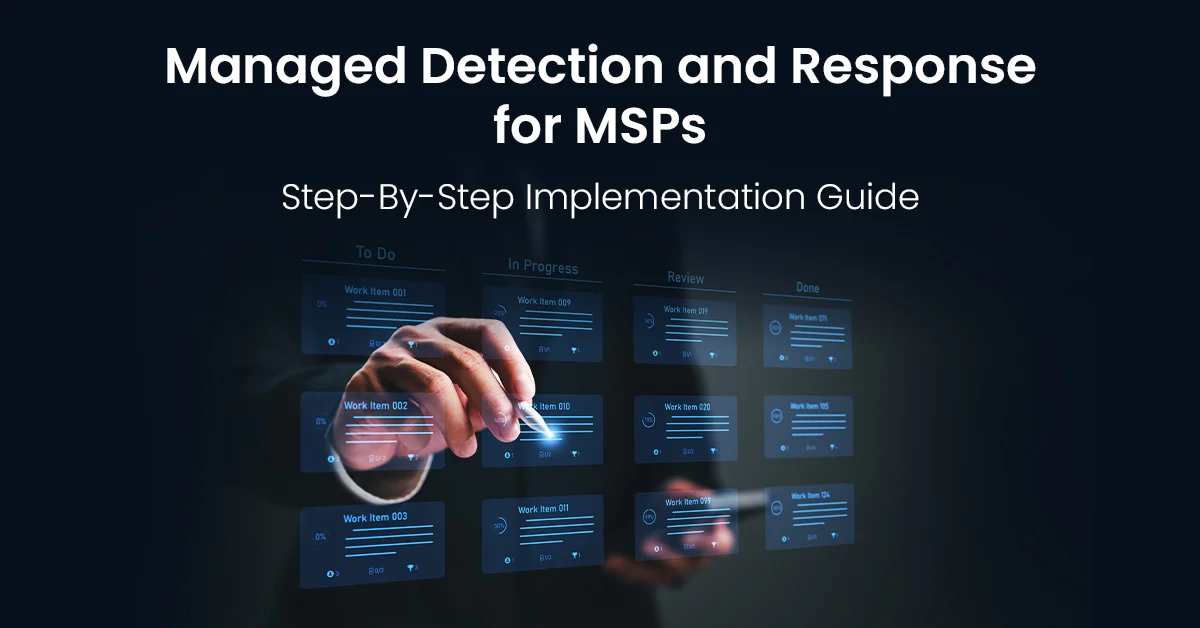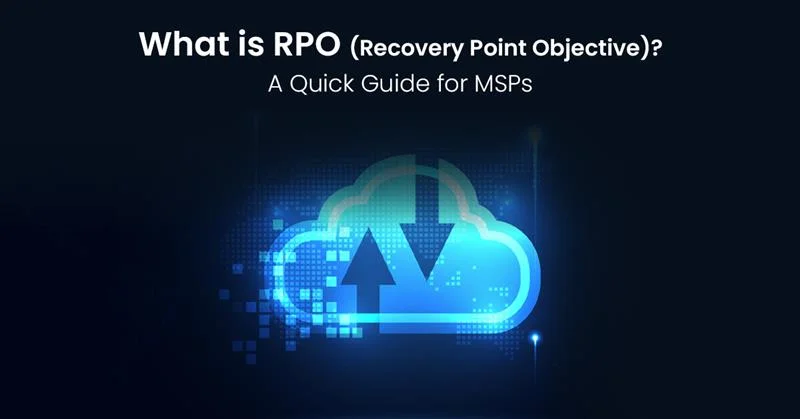Have you seen the Safety Dance music video? For those of you who need a refresher:
It’s a weird one isn’t? But it’s interesting how artists, like this, don’t get punished or humiliated for speaking up with ideas, question, concerns or mistakes. “The Safety Dance” is a perfect example of how psychological safety can allow you to perform at a higher level and create something that can leave you a legacy for decades.
Talent Retention and Psychological Safety
Talent attraction and retention is still the number one concern for MSPs. For the past few years, employees (or future employees) seemed to have the power in job searches. Even with the recent layoffs, downturn of the economy, and talks of a recession, the fight for top performers is still going strong. This is when it’s imperative for organizations to invest in the development of their top performers.
I recently read a paper by McKinsey & Company about the link between organizations investing in leadership development training and an increase in psychological safety for those leaders’ teams, which enabled those teams to be more engaged and higher functioning. There is a positive ripple effect that occurs for organizations when they invest in training their leaders.
What is Team Psychological Safety?
As described by Dr. Amy Edmondson, who first coined this term, team psychological safety is a shared belief amongst team members that they can take risks, express their ideas and concerns, speak up with questions, and admit to mistakes, without fear of retribution or other negative consequences.
The study showed “that investing in leadership development across an organization—for all leadership positions—is an effective method for cultivating the combination of leadership behaviors that enhance psychological safety.”
How do I learn the Team Psychological Safety Dance?
Learning this dance among your team is simple and, according to the study, comes down to practicing 7 specific leadership skills. These skills were tied to leaders being able to create a positive team environment, which is the critical foundation for psychological safety.
- Open-dialogue skills: the ability to explore and navigate differing views, disagreements, and tension within a team to enable resolution.
- Cultural awareness: Understanding and being aware of the different experiences of the different people on our teams.
- Developing high-quality social relationships in teams: Leaders are instrumental in fostering and enabling relationships amongst team members and across departments.
- Mindful listening: Listening to understand, rather than to react or respond.
- Situational awareness: Understanding the intersection of what is said, unsaid, and attributable to other factors in the environment.
- Situational humility: Another term coined by Dr. Amy Edmondson, this is the ability for leaders to transparently acknowledge that they may not have all the information or knowledge necessary in a particular situation, and to actively seek out other people’s opinions.
- Sponsorship: The need for leaders to understand their responsibility in actively developing and promoting opportunities for team members.
Okay, okay so it’s not really a dance you can use for a flash mob, but like dancing, leadership is not a one and done, it’s something you need to learn, review, and practice constantly. When these skills start to become muscle memory for you and your leadership team, you’ll create an environment that your highest performing employees will feel safe in. They have confidence they can be challenged, challenge others, and grow as a team. In other words, they feel psychologically safe.








